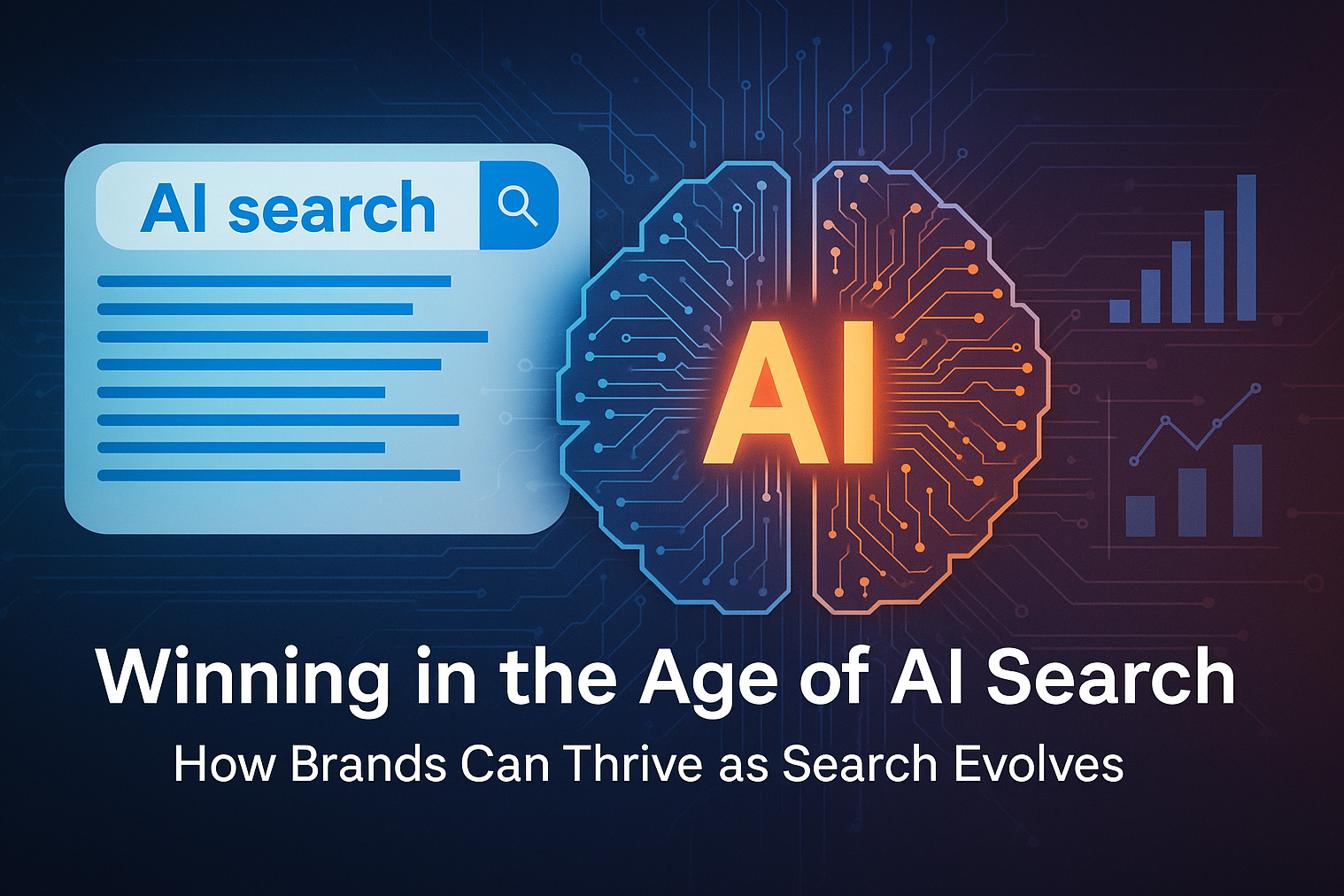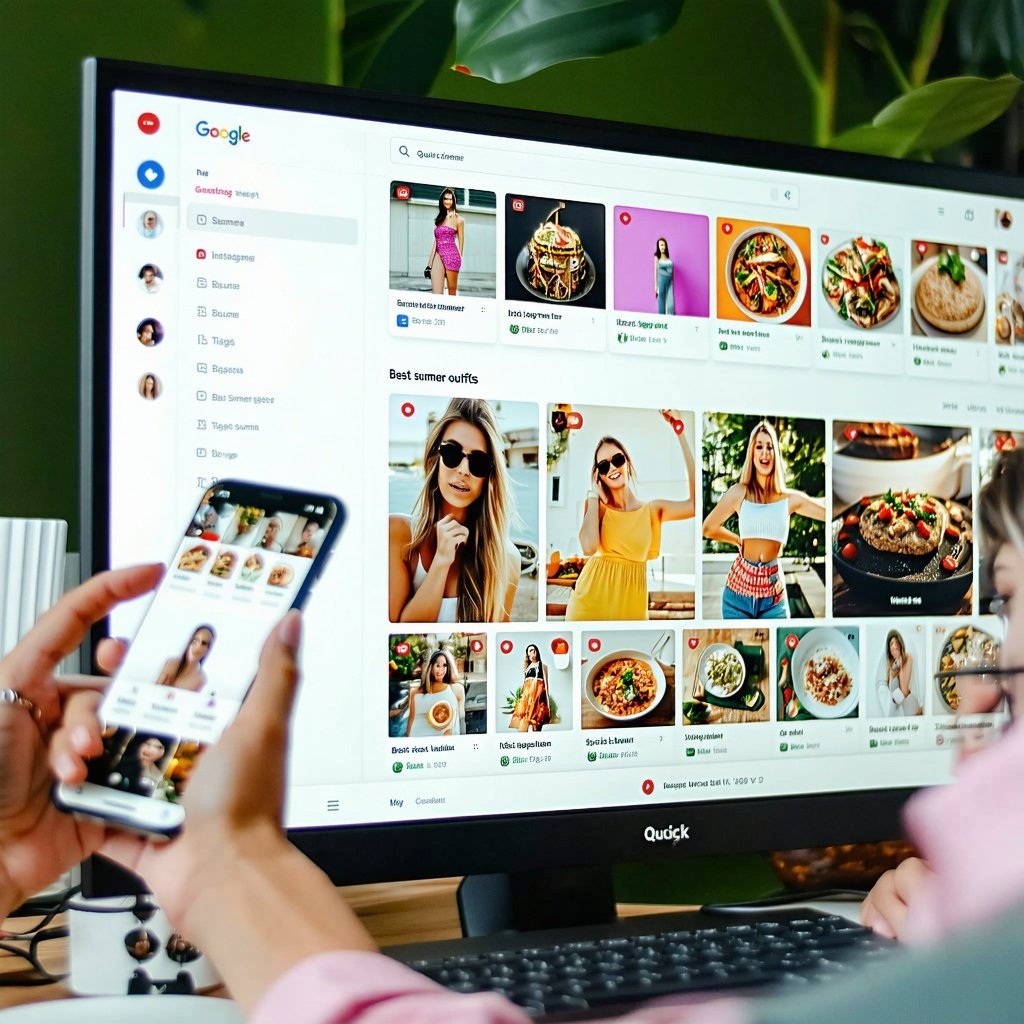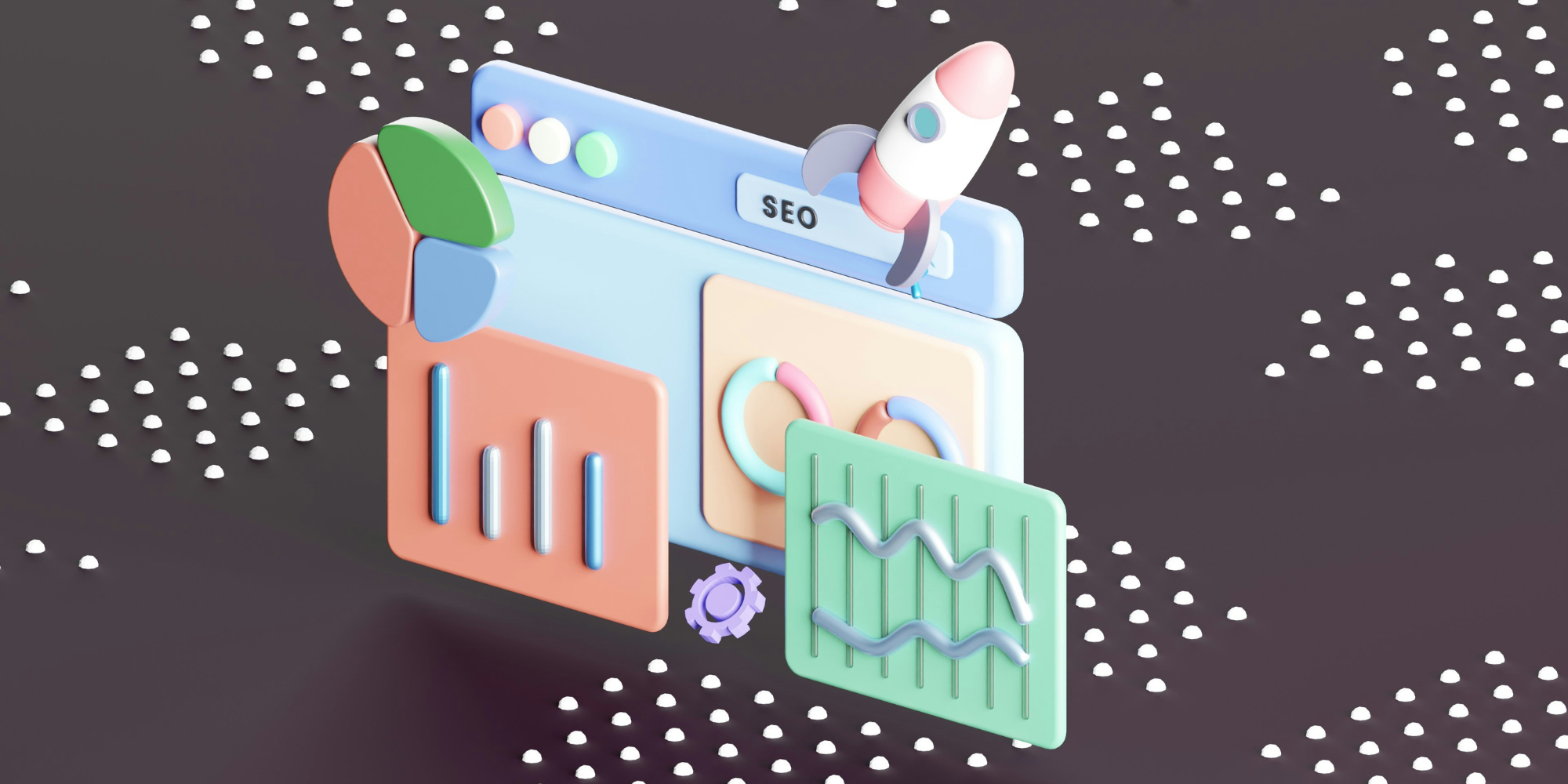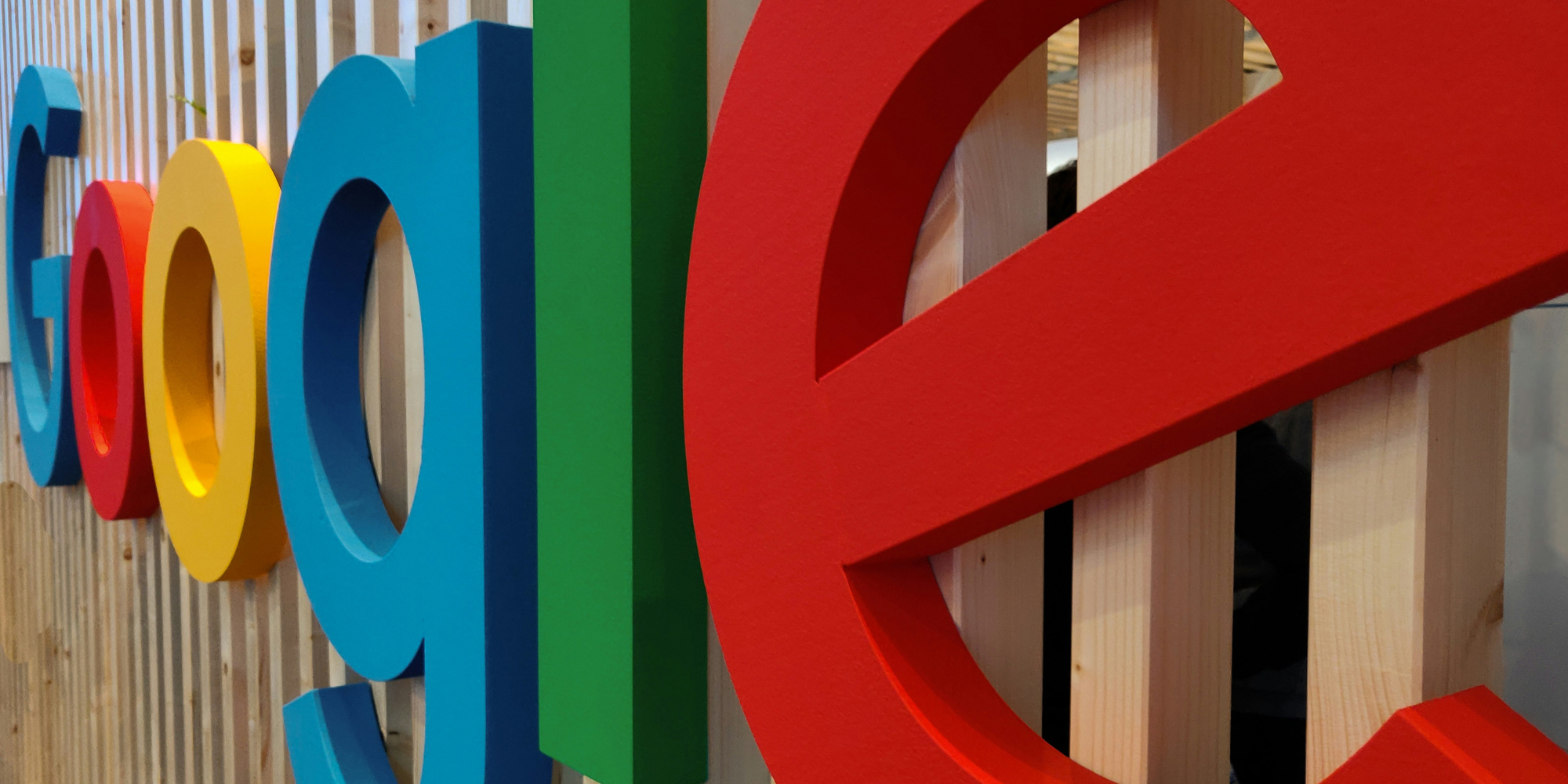Winning in the Age of AI Search: How Brands Can Thrive as Search Evolves
Search is changing faster than ever. With the rise of AI-powered features like Google’s AI Overviews and AI Mode, the familiar “10 blue links” are...
Read moreLearn more about the importance of understanding the user journey to create a content strategy that is on point.
“Oh, you’re a content writer? So, what, you just write blogs and stuff?”
UH-UH – Big fat red cross right there – get yourself in the bin. (Too much? Okay, sorry).
Being a content writer isn’t just about tossing some words onto a page and hoping for the best.
To gain the best results for our clients, we have to:
Phew, in essence, a lot of energy, time, brain power, and skill goes into each nugget of **chef’s kiss** content we deliver.
So now we’ve set the scene (I promise this isn’t just a ramble about the misconceptions of a content writer), I’m going to give you the low-down on the very start of the process I just mentioned, investigating the psychology behind the user, and how thoroughly understanding the user journey can influence and elevate your content strategy.
Having a crystal-clear understanding of what the user wants from you, and what you want from them should be the first step in the creation of any content strategy.
By ensuring you’ve got these nailed down, you can be more strategic with the types of content you create and map them to the stage they’re at in the user journey.
This is where the good old marketing funnel comes into play, and in turn, the content funnel.
To summarise, we’ve got:
Awareness – You’re on the scene, but they don’t know that they need from your brand yet.
Consideration – They’re doing their research, looking at options, and discovering their pain points.
Conversion – Finally ready to bite the bullet, but might need a final nudge to know you’re the best option.
Retention – Gotcha! Now you need to work to keep them.
As much as you might like a user to magically arrive at your website and convert, it just isn’t realistic (plus, we’d be out of a job, so thank goodness this doesn’t happen).
We’ve got to put in some of the legwork and meet them at the stage of the online customer journey they’re at. So, how does understanding the user journey in relation to the funnel reflect the content we create?
To meet the customer halfway, we’ve got to:
From here, we can create content that reflects these elements, ready to be shared across the channels where the user will see them.
When we look at it from this perspective, it becomes clear as to what types of content we can create for each stage of the user journey, in order to target the right audience
Going back to those phases within the marketing funnel, we can deep-dive into some of the forms of content that can work best and when, essentially allowing us to create a content funnel.
These will vary, depending on the industry and target audience. For example, there’s no point in creating videos if your audience doesn’t consume them, or long-form blog articles if that’s not your industry’s vibe.
Awareness
Consideration
Conversion
Retention
Now, just because we’ve put these types of content into these specific buckets, does by no means chain them to that sole stage of the journey. If you’ve created a long-form blog post or a feature guide, you can repurpose these by taking any stats included and turning them into an infographic, or the guide could address the same topic in a short video.
What’s most important is that you are producing high-value content that appeals to the user, encouraging them to move to the next stage of the marketing funnel. So, while having your eyes on that all-important conversion prize is essential, connecting with the user at the right stage of their journey is pivotal.
What’s better than a content strategy which takes into consideration all of the above? A cross-channel, integrated strategy 😉 (and that’s why they pay me the big bucks).
To read more about ways to improve your digital marketing strategy, along with industry news and insights, check out our blog.
Photo by Matt Duncan on Unsplash
More articles you might be interested in:

Search is changing faster than ever. With the rise of AI-powered features like Google’s AI Overviews and AI Mode, the familiar “10 blue links” are...
Read more


Arming yourself with the right tools to ensure a smooth site migration is important - find out how to protect your SEO during a migration today.
Read more
Google employees have recently announced that the upcoming Google Core Update is set to be released in the coming weeks. Understanding and addressing...
Read more
Language matters. Any marketer worth their salt knows this. But when discussing gender and sexual orientation, that importance is amplified tenfold.
Read more
When marketers think of thought leadership, there are names rather than ideas, that tend to spring to mind.
Read more
With the release of GPT-4, how revolutionary will this tool be? Alan Rowe takes us through it...
Read more